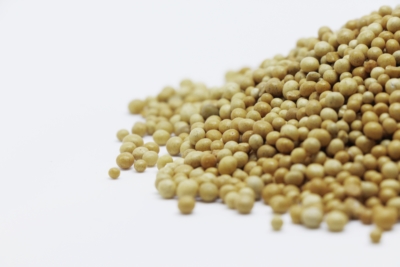
When shopping for a fertilizer for your garden or lawn, you’ll notice three numbers on every product. These numbers represent the percent by weight of nitrogen (N), phosphorus (P) and potassium (K) in every container and are always listed in the same order. For example, a fertilizer such as Miracle-Gro All Purpose Plant Food designated as 24-8-16 is comprised of 24% nitrogen, 8% phosphorus, and 16% potassium.
WHAT PURPOSE DOES EACH NUTRIENT SERVE?
These nutrients each serve specific purposes in contributing to the lushness and hardiness of any garden or lawn as follows:
Nitrogen
• Essential for foliage or blade growth
• Produces lush, tender, green leaves (or grass blades)
• Builds resistance to adverse environmental conditions
• Deficiency results in a yellow-green color and little to no growth
Phosphorous (available as phosphate)
• Stimulates root growth
• Accelerates the maturity of plants
• Promotes development of flowers and fruits
• Remains in the soil quite well
• Deficiency can result in slow or stunted growth
Potassium (water soluble potash)
• Builds drought, heat and cold hardiness
• Helps disease resistance
• Deficiency can cause weak stems and/or slow growth
To determine the total pounds of nutrient in the bag, multiply the percent of that nutrient by the bag weight. For example, a 50 lb. bag of 10-6-4 fertilizer contains 5 lbs. of nitrogen (10% x 50 lbs). To determine how much of a nutrient the fertilizer will provide per square foot of coverage, divide the number of pounds of the nutrient in the bag by the recommended coverage for the bag. For example, if the recommended coverage for the same 50 lb. bag is 5000 sq. ft., the coverage per square foot for nitrogen would be:
5 pounds of nitrogen/5000 sq. ft. = 1 pound per 1000 square feet.
How much is needed for one year’s application? Experts say 3-5 lbs./1000 sq. ft. per year.